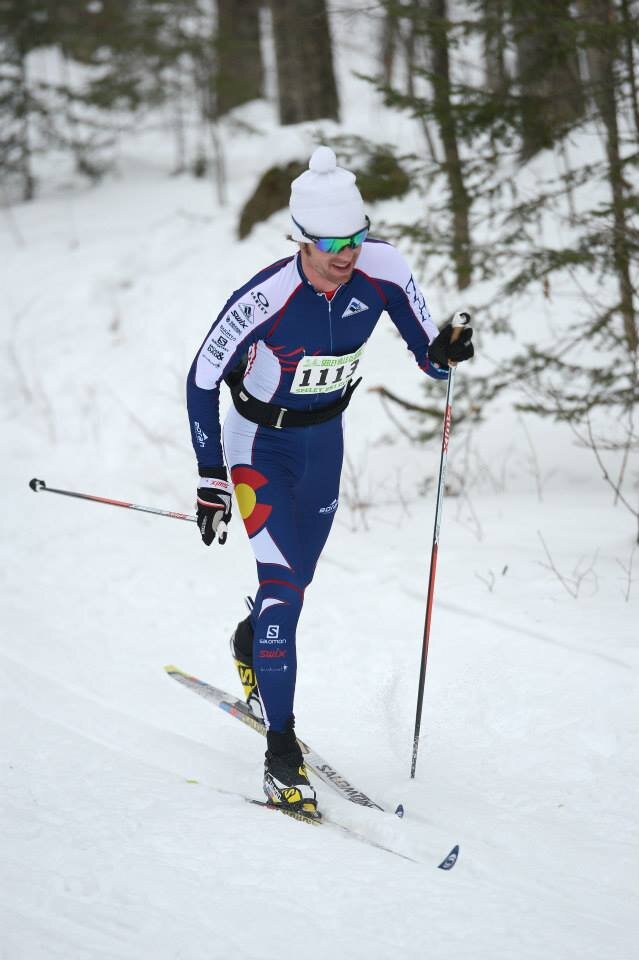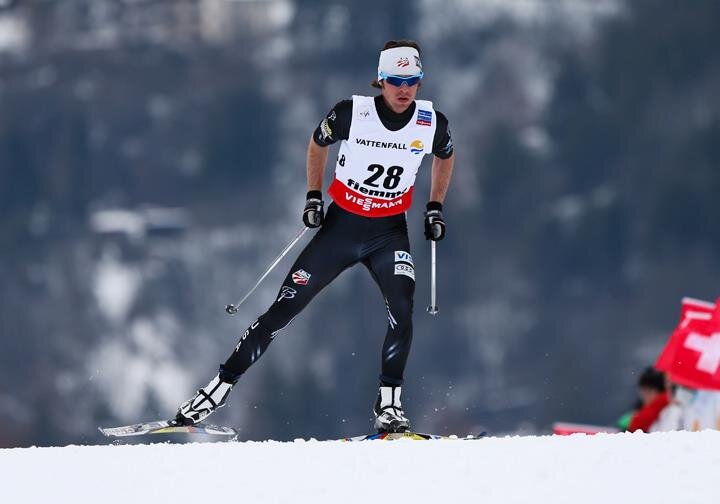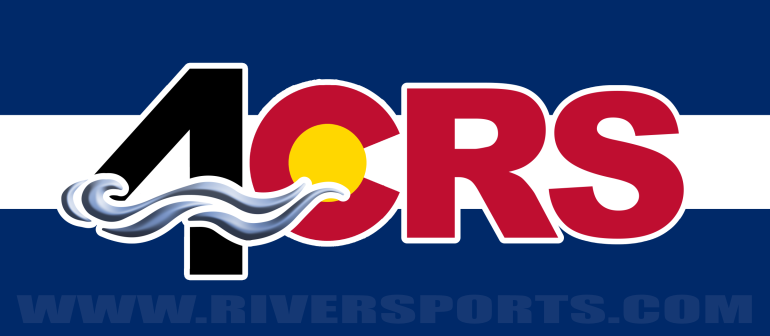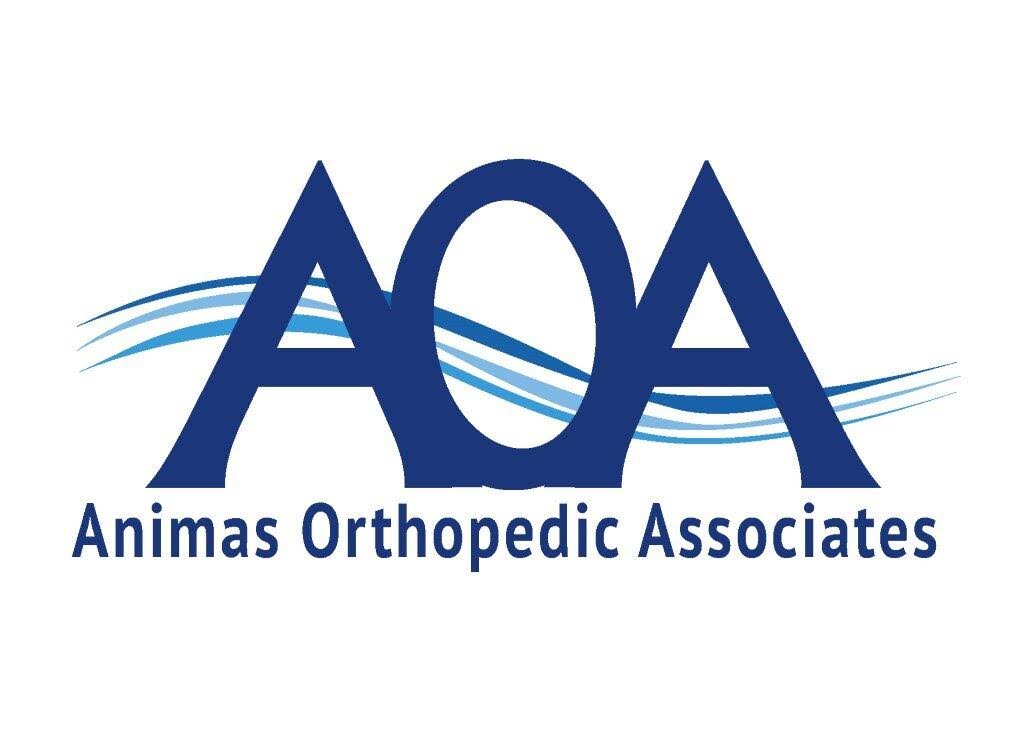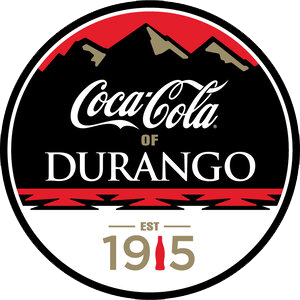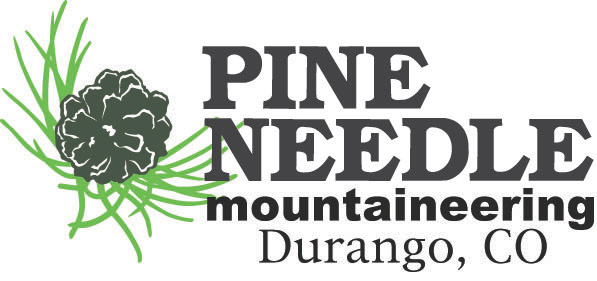With the Nordic Center partially opening tomorrow, it’s time to get your equipment in order. If you don’t have equipment yet or are new to skiing, we’ve compiled this guide to help give you the skinny on skinny skis.
Where to find equipment?
If you do not already have your own equipment, there are many options around town to consider:
Pine Needle Mountaineering sells new equipment and offers rentals for the season.
Durango Outdoor Exchange is a great option if you would like to buy your equipment secondhand.
Durango Nordic Center offers daily rentals for all necessary equipment.
Determining what equipment you need for skiing for the first time can be intimidating. We’re here to help! Here are some things to consider when purchasing or renting gear:
Do you want to skate or classic ski?
Classic
Classic skiing is the traditional discipline of Nordic skiing, recognizable by its forward striding motion as the opposite arm moves with the opposite leg. Classic skiers may use classic tracks, two parallel grooves groomed into the snow, to help stabilize themselves as they “kick and glide” down the trail. If snow conditions are soft or ungroomed, classic technique makes for a more enjoyable ski than skating.
Head Coach & Program Director Tad Elliott demonstrates classic technique.
Skate
Skate skiing uses a side-to-side motion similar to ice skating or rollerblading to move down the trail. It was popularized in the 1980s, making it the more recently developed of the two techniques. Skate skiing is best enjoyed on a groomed track.
Head Coach and Program Director Tad Elliott demonstrates skate technique.
Because skating is faster than classic, it is more often associated with athleticism and fitness, however, when done with proper technique, both skate and classic offer a full-body, aerobic workout. And while classic skiing is often considered more beginner-friendly than skate, at Durango Nordic, we’ve seen a wide variety of beginners take to one more quickly than the other. It all depends on the person! If you’d like to give both a try before committing to any equipment purchases, the Nordic Center offers lessons and clinics, as well as rentals.
What gear do I need for skate and classic skiing?
Skate and classic technique are quite different, which means your gear needs for each are also quite different. Here is some more information on how skate and classic gear differ.
Skis
Classic - Classic skis are longer and generally more flexible than skate skis. Their bases are split into different zones - a kick zone in the middle under your foot and glide zones at the tip and tail of the ski. There are 3 types of kick zones possible:
Fish scales - these skis have a fish scale pattern cut into the kick zone, which helps prevent skiers from sliding backward when moving forward or uphill. They require the least maintenance and are usually the least expensive. They are slow on downhills.
Skins - these skis have a thin strip of nylon and mohair, or just mohair, on the kick zone. They provide similar grip to fish scales but are better at gliding downhill.
Waxable skis - these skis use different types of sticky wax that comes in a tin that is applied to adapt to the particular snow type. Using wax skis offers the most glide and speed.
Fish scale ski vs. waxable ski
Applying kick wax
Skin ski base
Skate - Skate skis are shorter than classic skis and have one glide zone that goes from tip to tail of the ski base. They are also generally more rigid, which allows the skier to use and push off their edges.
Poles
Classic - Classic poles are shorter than skate poles. They should reach from the ground to about shoulder height, or about 83% of the skier’s height.
Skate - Skate poles should reach up from the ground to between the skier’s chin and lips, about 90% of the skier’s height. Yes, that tall! Their height helps you utilize the major muscle groups in your upper body and abdominal muscles for more efficient skating.
We recommend finding poles with asymmetrical baskets and adjustable straps for both skate and classic.
Boots
Classic - Classic boots have a soft outsole, which promotes forefoot flexion. They have lower cuffs for greater range of movement and are generally looser around the ankle than skate boots.
Skate - Skate boots offer more ankle support and stiffer soles than classic boots to help protect against the twisting forces involved in the technique. They also have a cuff that goes above the ankle that flexes forward freely.
Skate boot (top) vs. classic boot (bottom)
Bindings
You want to make sure whichever binding system you’re using for both classic and skate is compatible with your boots. Double check with whoever you’re buying or renting your gear from to make sure they go together.
If you have questions or need help with gear, Pine Needle Mountaineering, Durango Outdoor Exchange, the Nordic Center, and your program coach are great resources. We look forward to seeing you on the trail!


